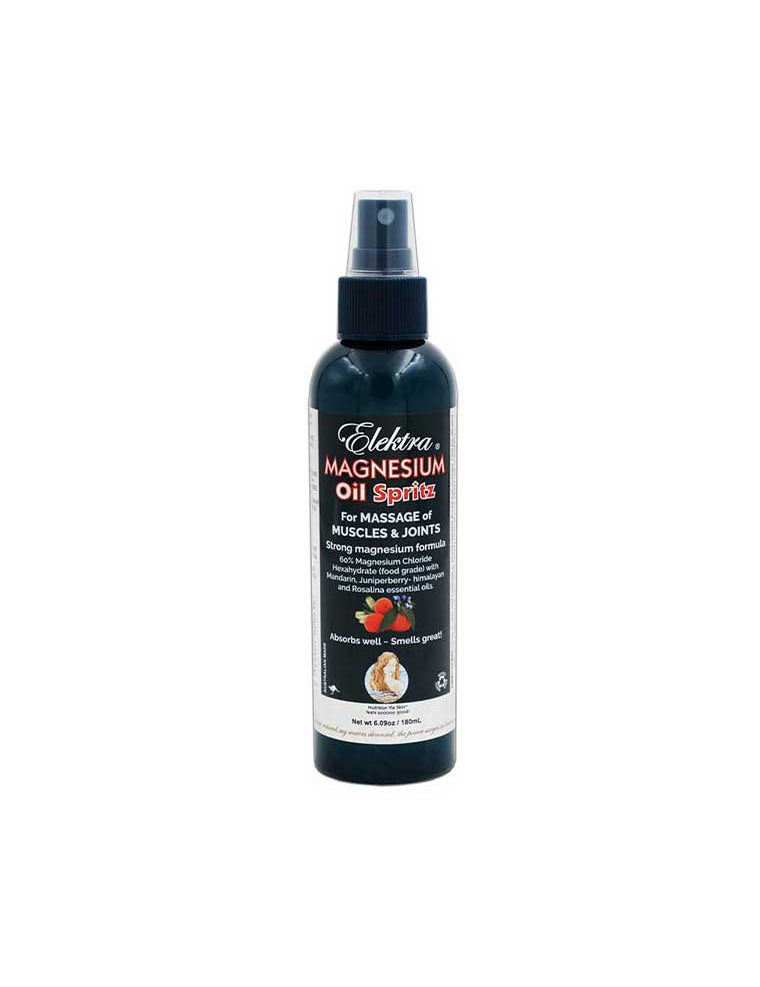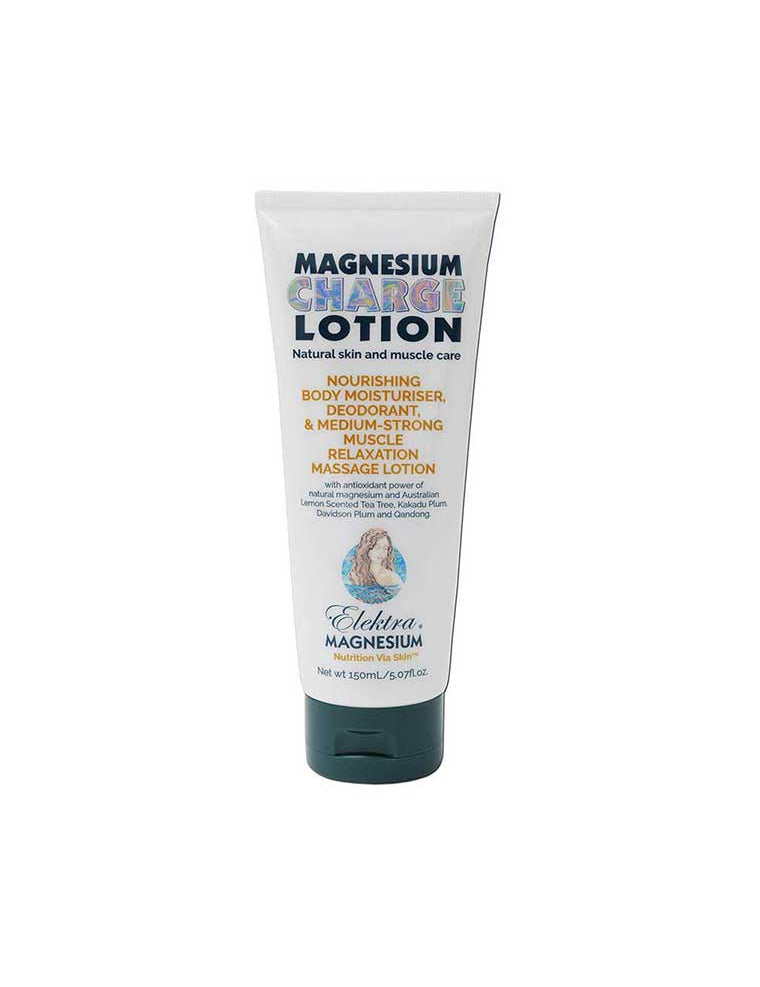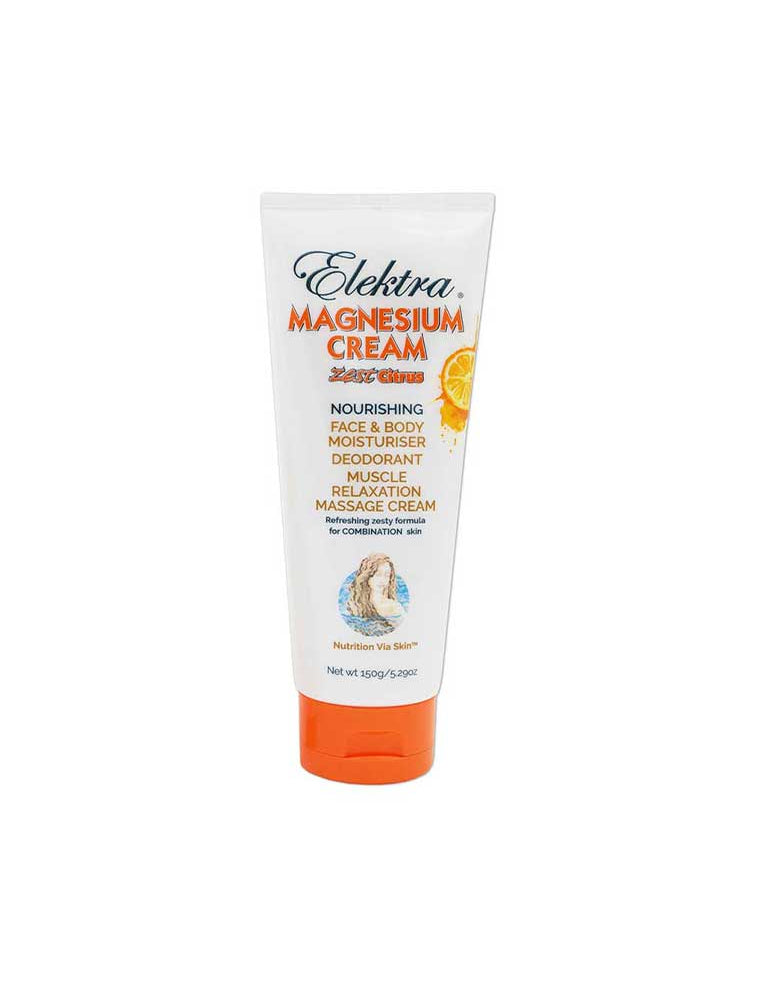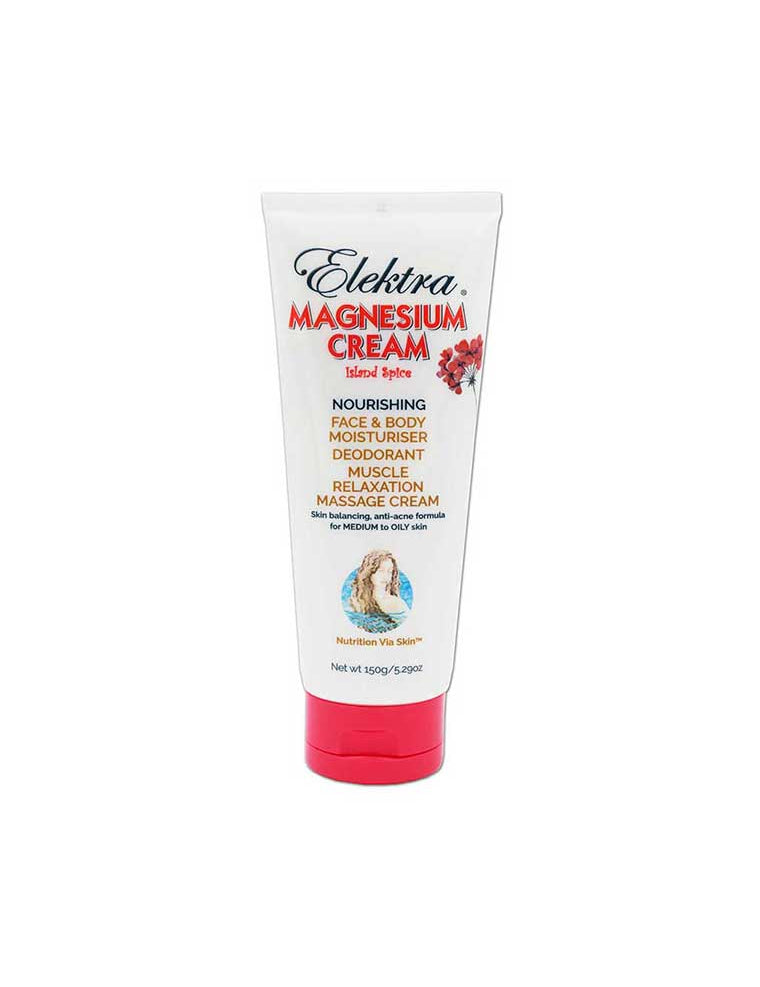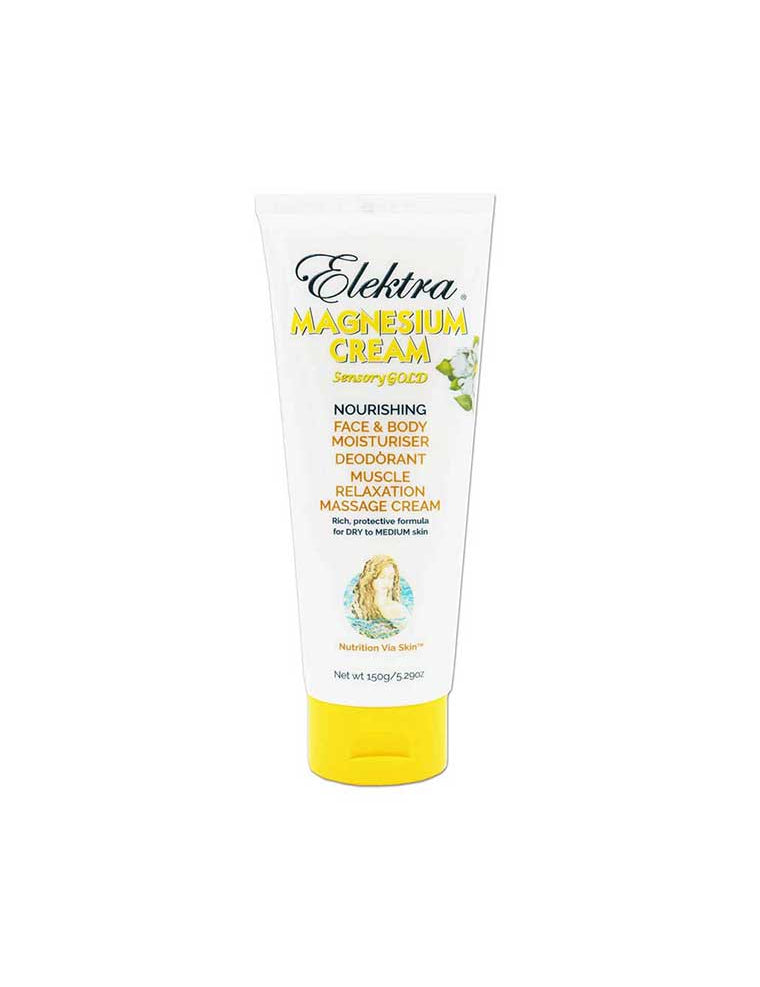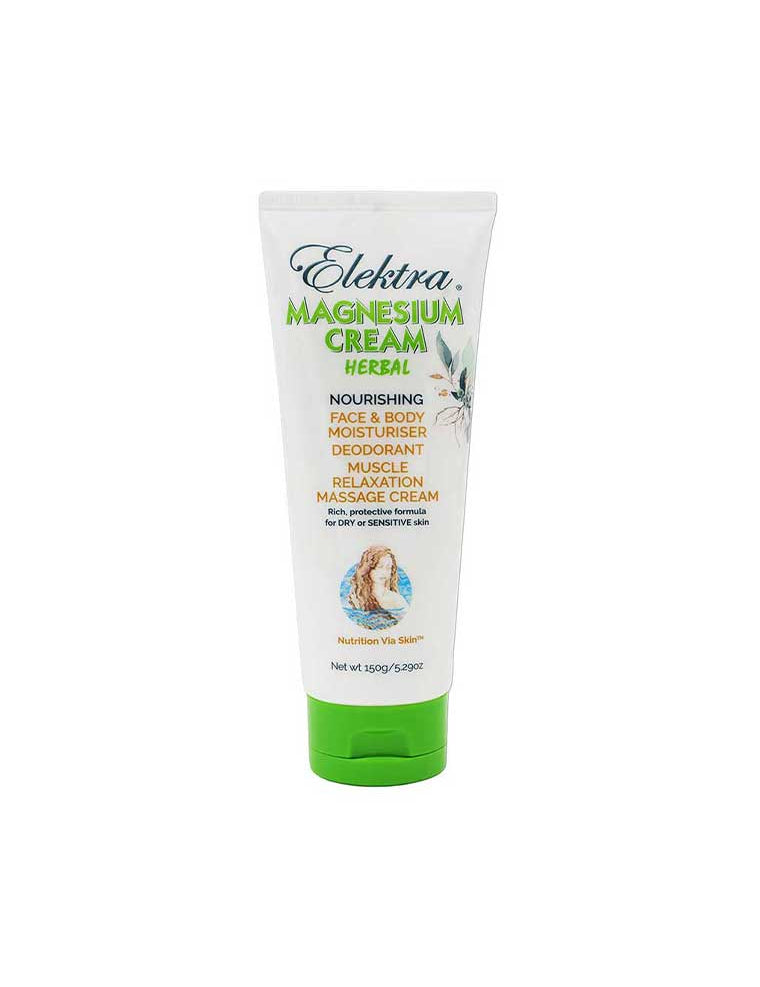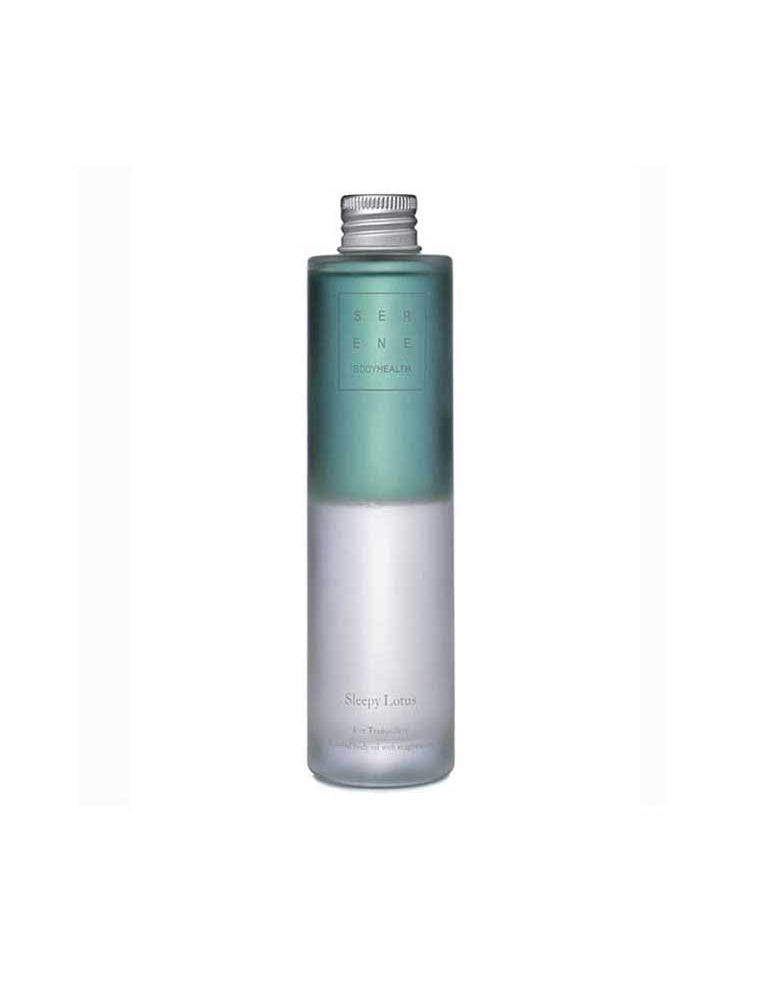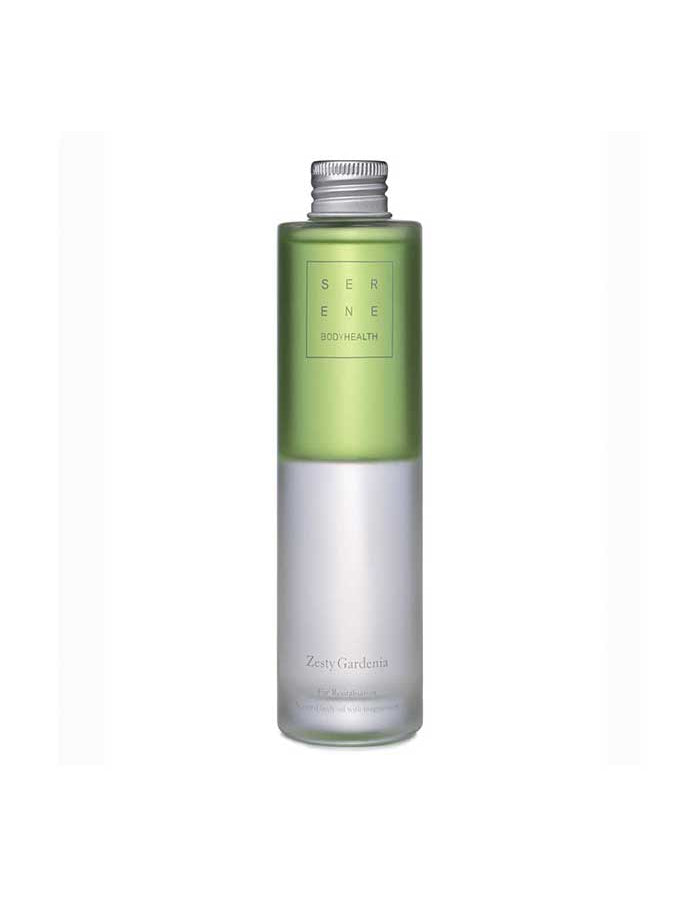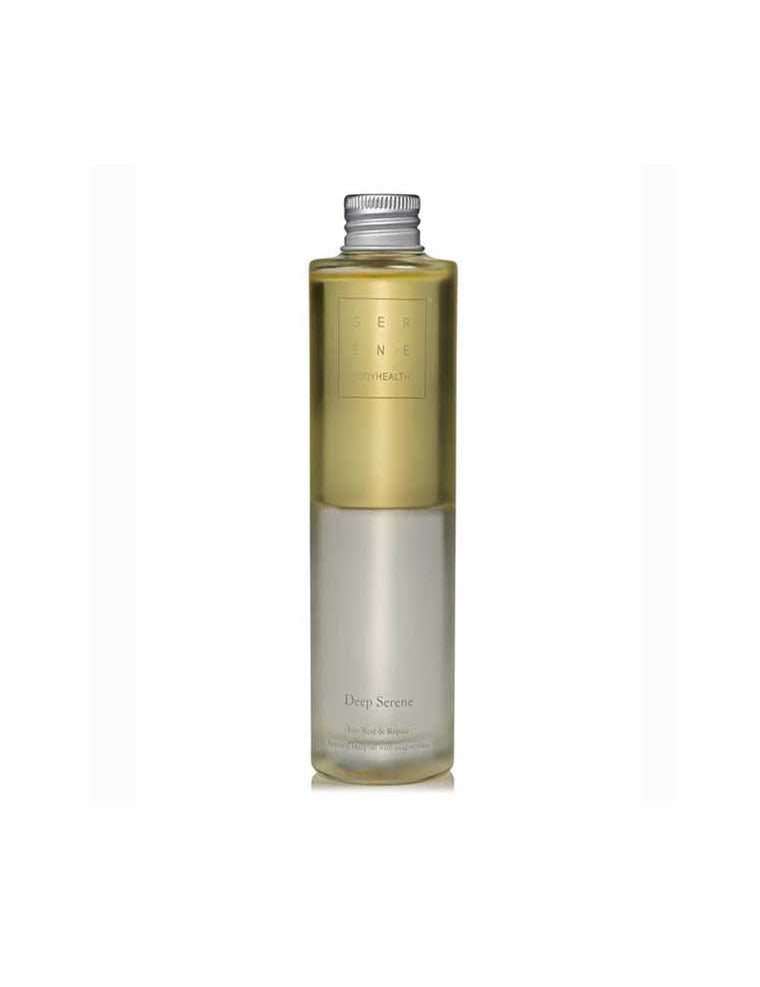
Topical Magnesium: Your Questions Answered
Find answers to common questions about topical magnesium products and how people incorporate them into daily routines.
Popular Q&As for Topical Magnesium
1. What is transdermal magnesium?
Transdermal magnesium refers to magnesium ions that pass through the skin and enter the bloodstream, rather than going through the digestive system. This process occurs via skin pores (the same pathway as perspiration) or with the assistance of plant oils and extracts found in creams and lotions. The skin has a large surface area, which provides a pathway for magnesium chloride absorption. When applied to the skin, magnesium ions become available for cellular uptake, and consistent application is associated with various aspects of wellbeing.
2. How does topical magnesium differ from oral magnesium?
Topical magnesium has several distinguishing characteristics compared to oral supplements: it doesn't go through the digestive system, which means it avoids potential digestive responses that sometimes occur with oral supplements; research suggests it may have different absorption patterns; it can be applied to specific areas; and it's suitable for regular use as the body regulates absorption according to its needs. Topical application also differs from tablets in that it doesn't contain the binders and fillers often found in oral supplements. Many people incorporate regular applications of creams, oils, or magnesium flakes in baths as part of their wellness routines.
3. How does magnesium oil feel on the skin?
Some people may notice a mild tingling sensation when first using magnesium oil, particularly if they have sensitive skin. This sensation often diminishes with continued use. For those with sensitive skin, gentler formulations like Magnesium Cream contain nourishing plant oils that moderate the sensation of the magnesium while conditioning the skin. There are differences between magnesium chloride and magnesium sulphate (Epsom salts); the latter sometimes coincides with skin dryness or mild itchiness with frequent use due to the sulphate component's interaction with skin oils. Magnesium chloride formulations are generally considered gentler on the skin while still providing the characteristic properties of topical magnesium.
4. How are topical magnesium products typically used?
Topical magnesium is commonly used daily by many people. Magnesium Cream can be incorporated into morning and evening skincare routines, Magnesium Oil can be applied to areas of muscle tension, and a Magnesium Bath can be enjoyed 2-3 times per week. Consistent use patterns are common among regular users, as magnesium is involved in numerous bodily functions. Modern lifestyle factors like stress, processed foods, and environmental factors are sometimes associated with increased magnesium requirements. Many people find that incorporating magnesium into their daily self-care routine helps maintain consistency.
5. What are the differences between magnesium creams/lotions and oils?
Magnesium oils typically contain a higher concentration of magnesium chloride for targeted application but may cause tingling sensations on sensitive skin. Creams and lotions combine magnesium chloride with nourishing butters and oils (like shea butter, coconut oil) which moderate the sensation of the magnesium, reduce potential tingling, and moisturise the skin, making them suitable for daily use or sensitive skin. The plant-based ingredients in creams and lotions enhance the application experience and have relationships with skin health while delivering magnesium. For those new to topical magnesium, creams often serve as a starting point before exploring more concentrated applications for sleep.

Earn Juicy Rewards
Login to earn Juicy Rewards on every order.



